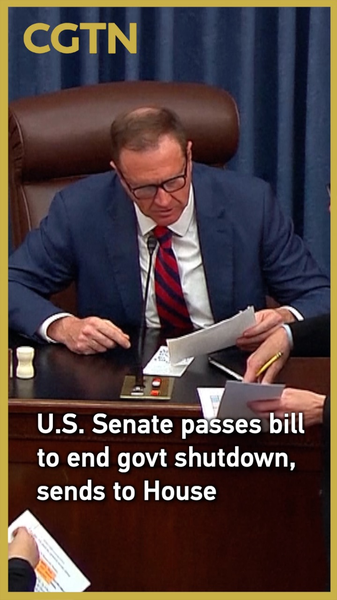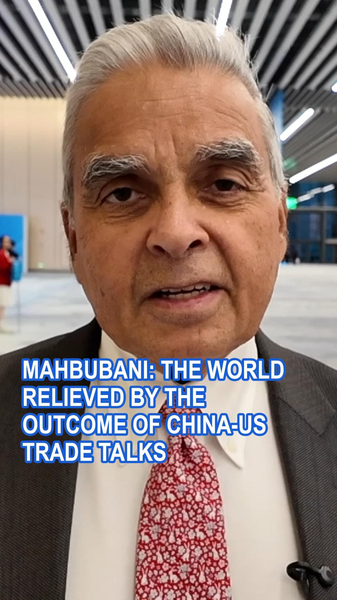Since October 2023, strikes and bombardments have reshaped Gaza’s landscape, leaving more than 65,000 Palestinians killed and over 166,000 injured, according to Gaza authorities. Humanitarian groups warn that safety and aid remain out of reach for many.
Israel declared several areas as safe zones, suggesting these pockets would protect civilians and serve as hubs for aid distribution. Yet, humanitarian organizations report that these areas have also been struck, turning supposed havens into scenes of chaos.
At once-bustling distribution centers, lines of desperate families have become flashpoints. Aid convoys stalled amid damage to infrastructure, while overwhelmed medical facilities struggle to treat the wounded.
“Hope itself feels like a casualty,” says CGTN correspondent Elina al-Yazji, who has witnessed firsthand the shattered shelters and makeshift tents along the Gaza Strip. Locals speak of constant fear—nowhere feels secure.
Data-driven insights show that safe zone declarations have not translated into increased relief flows. Without clear corridors or effective protections on the ground, aid remains stalled, and civilians bear the brunt.
As the conflict wears on, the gap between declared safe areas and on-the-ground reality widens. For Gaza’s residents, safety and aid have become as elusive as peace itself.
Reference(s):
Israeli-declared 'safe zones' in Gaza fail to offer Palestinians safety
cgtn.com




